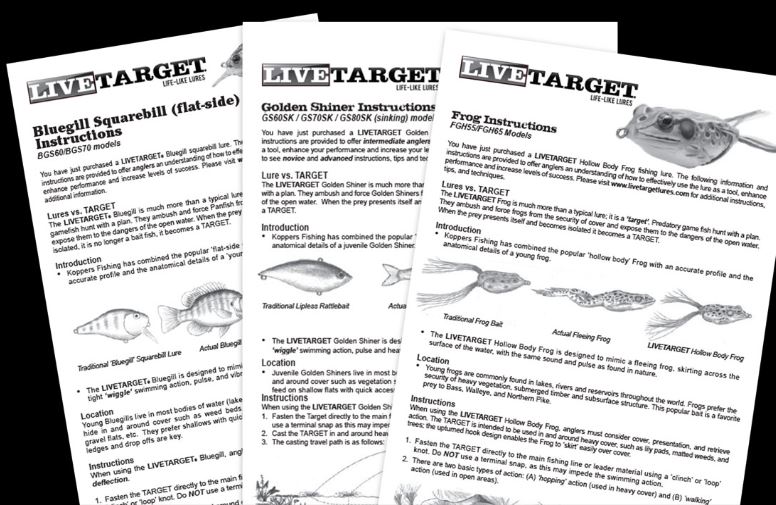- Wonders of Wildlife provides Tribute to Fish and Wildlife
- Wonders of Wildlife NATIONAL MUSEUM & AQUARIUM is Extraordinary
- Founder, Johnny Morris, Has Provided a Trail to Lifelong Conservation in the Outdoors through Fishing, Bass Pro Shops and now, WONDERS OF WILDLIFE
- Rick Clunn will Attend
By Forrest Fisher

One of the most respected professional bass anglers in the world is Rick Clunn. I was humbled to fish with Rick on three different fishing tournament occasions in the mid-90s. Having done that, It was easy to understand why this southern gentleman was such a successful angler.
In one word, Rick Clunn has “FOCUS” when he is fishing. He “TUNES-IN” to every spot, every situation, every cast. His success as a 5-time BASS Champion demonstrates his “UNDERSTANDING” for fishing. Above all his fishing success, Rick Clunn is humble, soft-spoken and a true conservationist. Today Rick will be in Springfield, Missouri, and he has this to share with everyone through his Facebook account:

“Melissa and I will be privileged to attend the Grand Opening of the Wonders of Wildlife. I am sure, like everything Johnny Morris has created, it will defy even the most complimentary descriptions possible. I made the statement after winning the B.A.S.S. St. John’s River Tournament, “Never accept that all your greatest moments are in the past.” This man has lived that philosophy his whole life and continues to. Most will see and be inspired by the Wonders of Wildlife, but I fear there are some who will see it as only a capitalistic venture or a monument to an individual’s ego.
For those of you who might feel that way, I offer my observations and understanding. I present this view because I cannot tell you how many times I have heard people ask, “Why does he build these museum style stores to sell fishing tackle? Why not be like others in the industry and just put up a metal building and have a lot less overhead?”
I will tell you, to me these are monuments, but not to Johnny Morris! These are monuments to all outdoors people and to the Natural World that he continuously and tirelessly fights for. At Big Cedar Lodge on Table Rock Lake, there is a Convention Center whose walls are lined with some of the greatest conservation mind’s, thoughts and quotes. If you think the many Bass Pro Outdoor Worlds are only about selling fishing and hunting tackle I offer the following: “If I fished only to capture fish, my fishing trips would have ended long ago.” Zane Grey.”
I grew up an Angler when being an Angler was observed as nothing more than playing hooky from school or work. It did not share the status of football, basketball, golf, or other sports. One of my supervisors at Exxon Oil would talk with you about golf all day, but don’t dare waste company time talking about fishing. Even after I quit my socially excepted profession, working for the 2nd largest computing center in the world, and started my angling career most thought I had a bad case of sun stroke. I confess, I will never forget the first time I was proud to be an Angler. I had gone to Springfield, Missouri, to represent one of my sponsors at the grand-daddy of all fishing stores, at their Spring Fishing Classic. I had been in a lot of tackle fishing shops, but nothing could have prepared me for this. When I walked in the front door of the Bass Pro Shop Outdoor World, I was moved. It was beautiful and I had never seen anything like it. But more than its beauty, I felt a sense of pride in who I was that I had not felt before. To this day I challenge every outdoor person to tell me that they did not feel a little of the same, their first time there. I now know that Johnny saw the Outdoors – and those who enjoy it, as important elements in the conservation of the fast disappearance of our natural world.
“Many men go fishing all of their lives without knowing that it is not fish they are after.” Henry David Thoreau.
I recognize now, like Johnny did from the beginning, that to conserve the natural world we have to expose as many people to its Wonders as possible. He knew that fishing is one of the last remaining vehicles for the masses to experience the natural world and understand its importance to the sanity of man’s world. Johnny’s Conservation efforts are never ending. So when you tour the Wonders of Wildlife, remember the words of Theodore Roosevelt, “There can be no greater issue than that of conservation in this country.”
Please stay tuned to the Wonders of Wildlife Facebook account for Live streams Sept 20th www.facebook.com/wondersofwildlife.
Events start at 3:00 PM the 20th. #WondersofWildlife.
Hope to see you there soon.







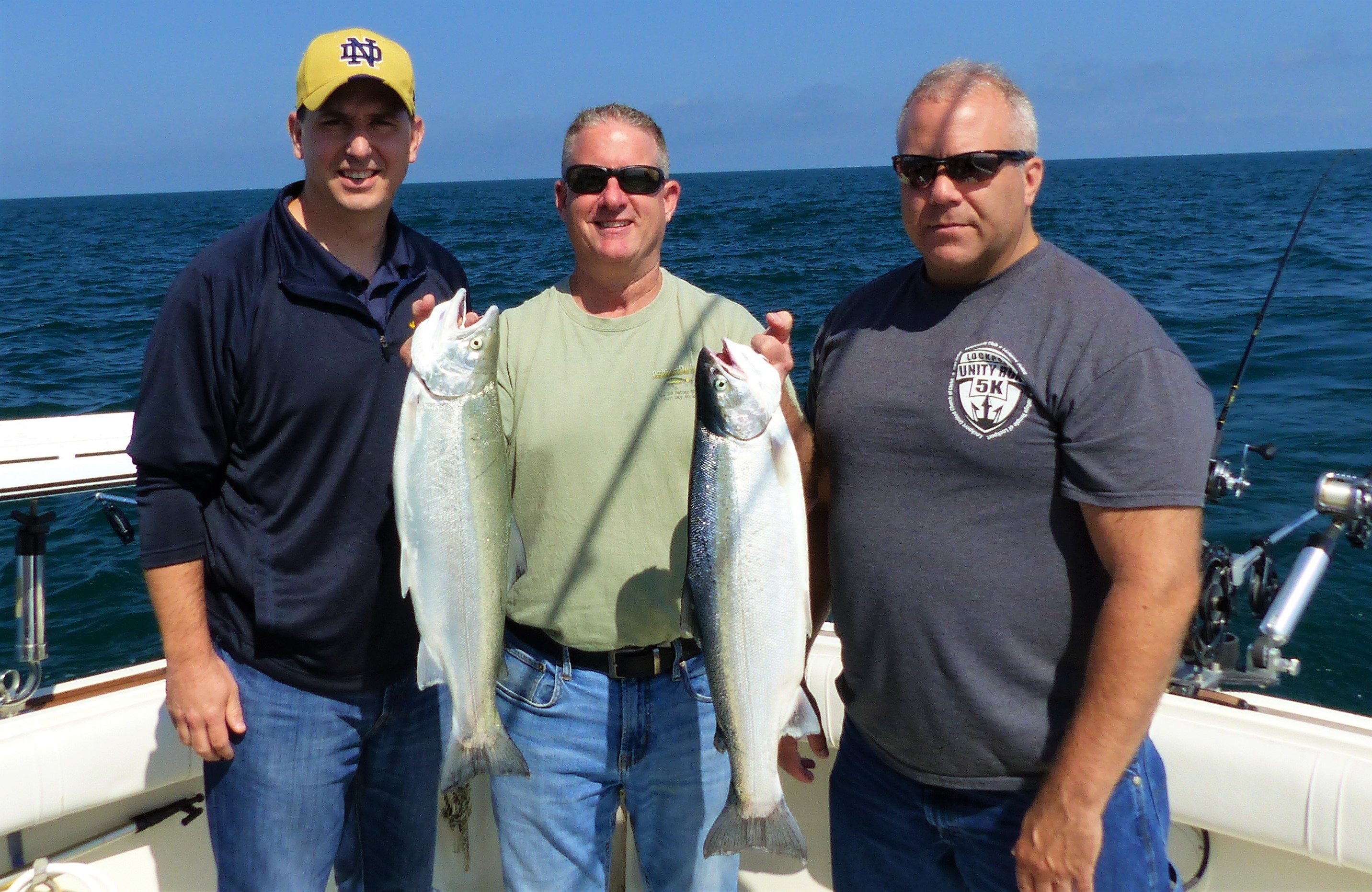






































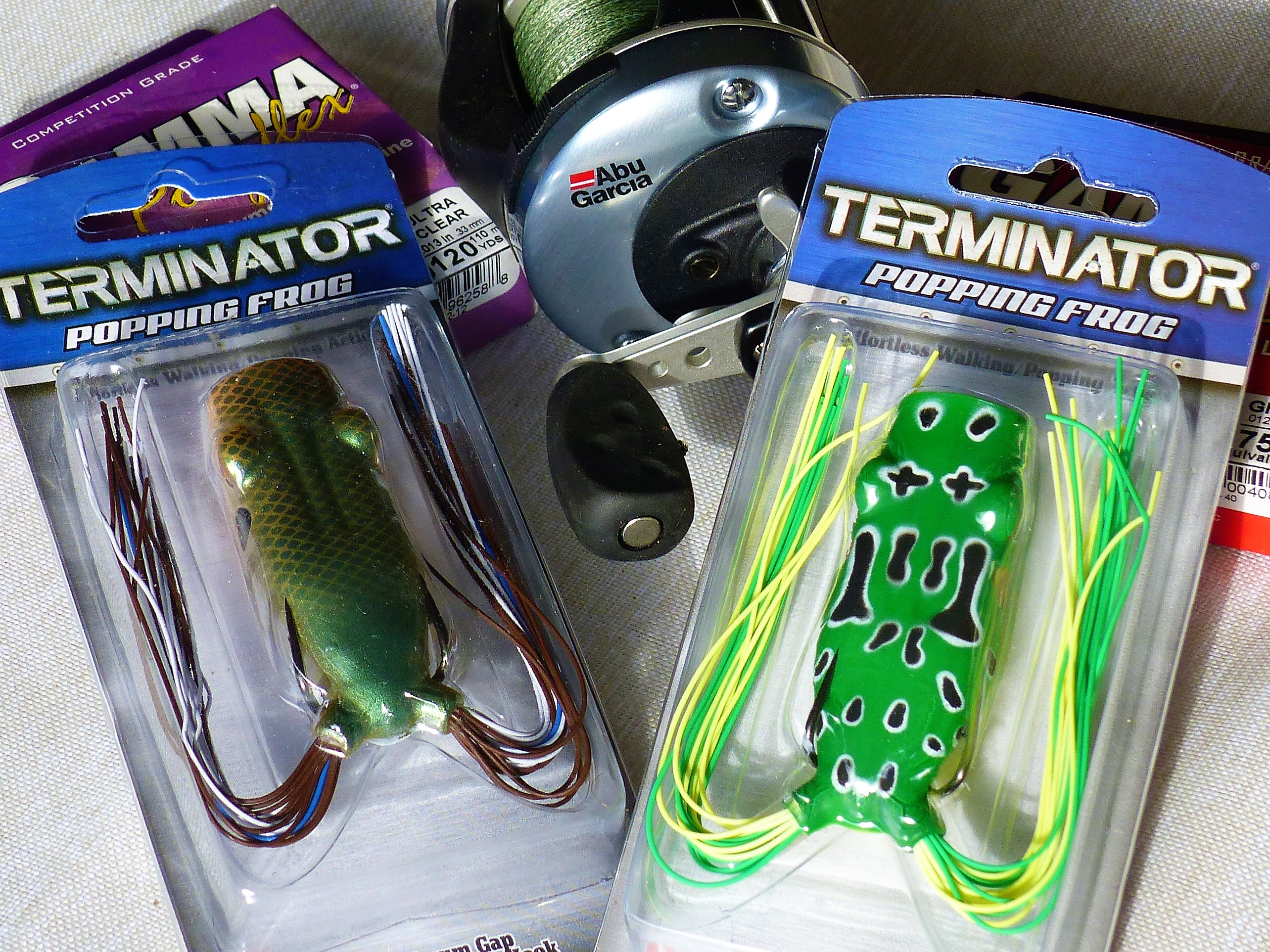









































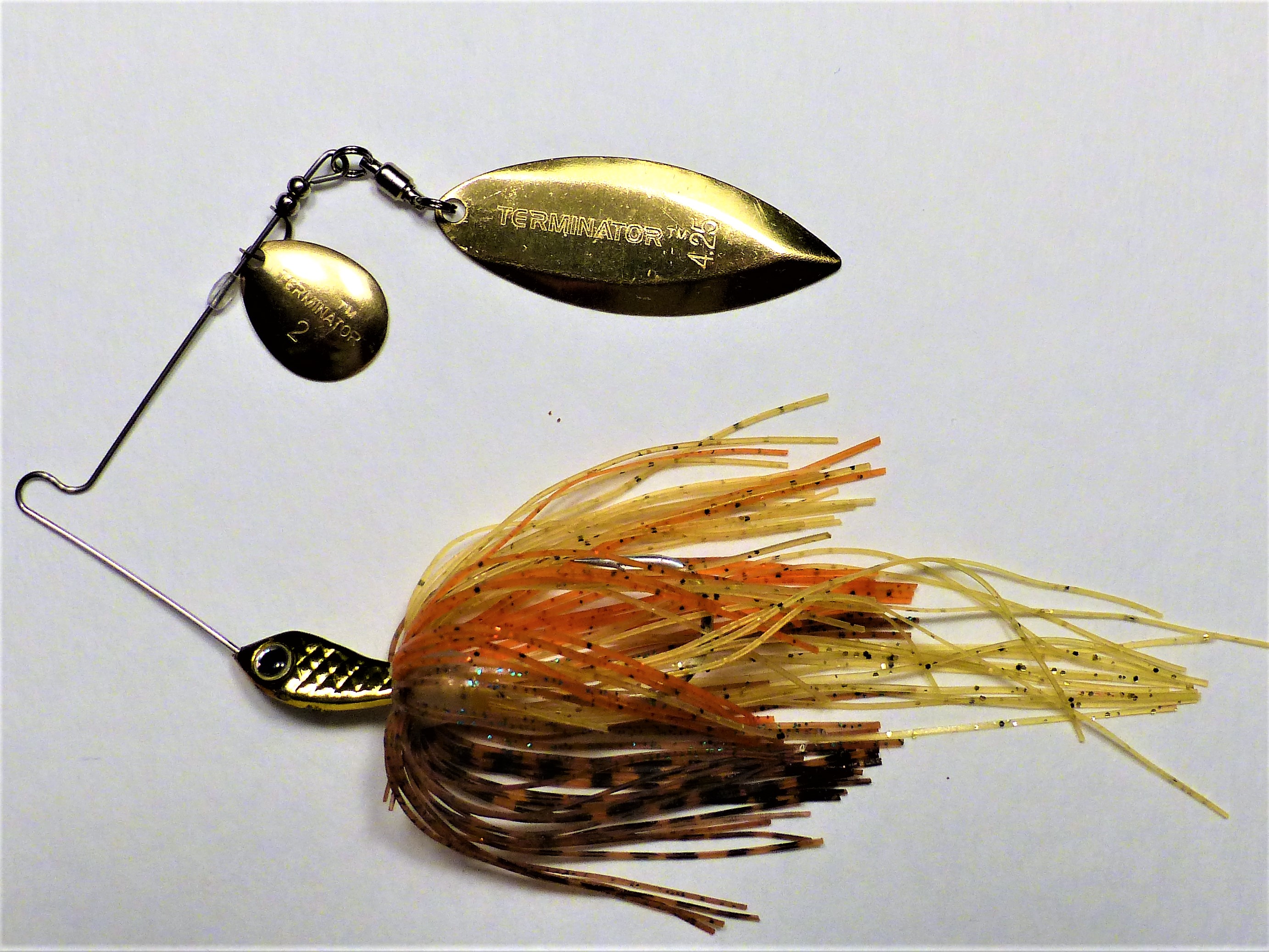























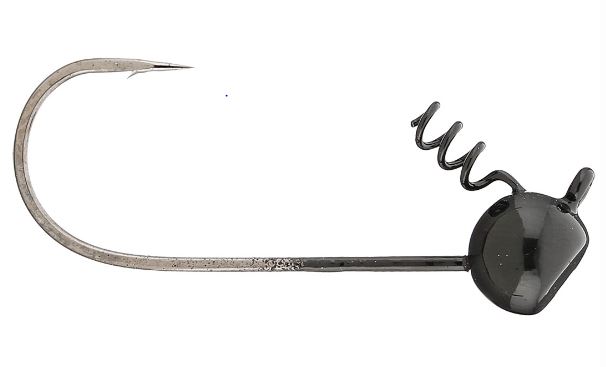




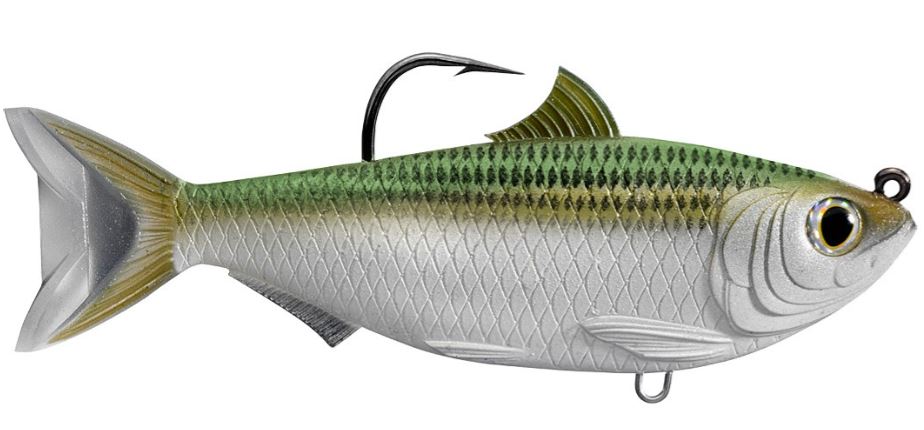



 The surprise factor for the day was the screaming northeast wind at 25 to 40 mph, unusual for this part of Florida, as it caused thunderous waves to crash the famed “West Wall” of Charlotte Harbor and farther south to Pine Island Sound. The breezy airstream forced the hardy redfish anglers to head for shelter and cover, but they had to run the surf to get there. Many took the time to battle the wave crests and power their rigs from Laishley Park in Punta Gorda to quieter Charlotte County waters near the small island paradise and discreet shoreline structure of Turtle Bay and Gasparilla Sound, near Placida.
The surprise factor for the day was the screaming northeast wind at 25 to 40 mph, unusual for this part of Florida, as it caused thunderous waves to crash the famed “West Wall” of Charlotte Harbor and farther south to Pine Island Sound. The breezy airstream forced the hardy redfish anglers to head for shelter and cover, but they had to run the surf to get there. Many took the time to battle the wave crests and power their rigs from Laishley Park in Punta Gorda to quieter Charlotte County waters near the small island paradise and discreet shoreline structure of Turtle Bay and Gasparilla Sound, near Placida.




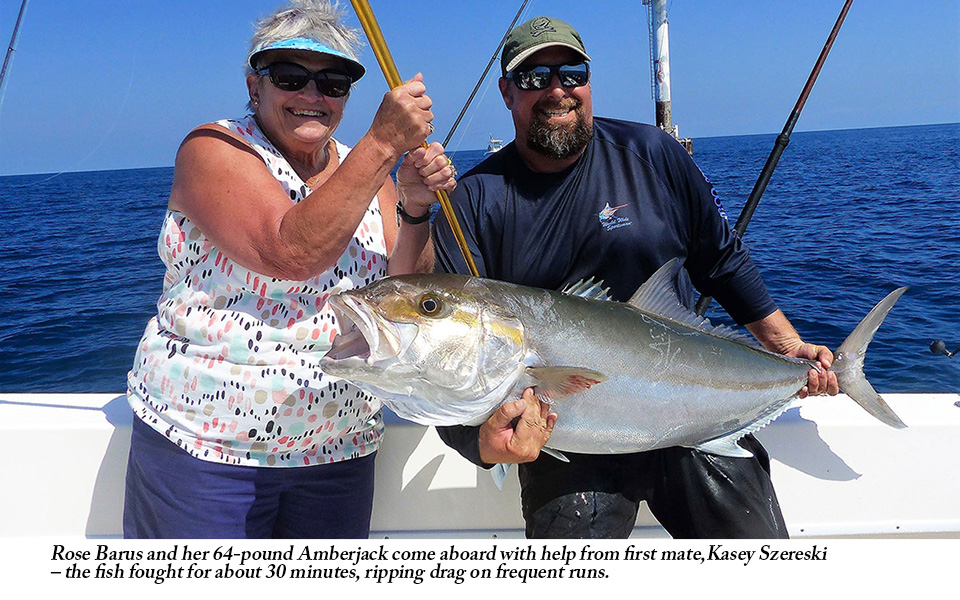


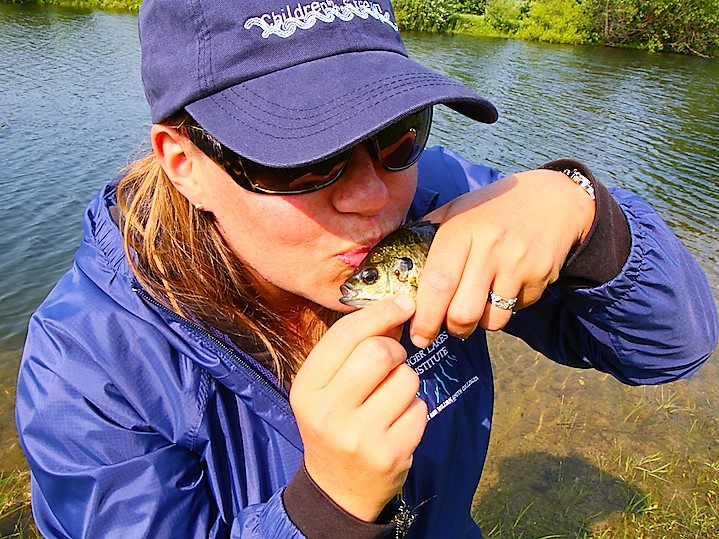






 Bonnie Timm, Clam pro staff angler and participant in all three Women Ice Angler Project events said, “There were so many things I felt were ‘too big’ for me: Mille Lacs was too big, towing my snowmobile seven hours by
Bonnie Timm, Clam pro staff angler and participant in all three Women Ice Angler Project events said, “There were so many things I felt were ‘too big’ for me: Mille Lacs was too big, towing my snowmobile seven hours by The goal of the Women Ice Angler Project is to encourage women to try ice fishing as well as to mentor those who already enjoy it and want to improve their skills. “The other side of what we’re doing is to move the industry forward showing more women ice anglers,” said award-winning outdoor photographer, Hannah Stonehouse Hudson. “We’re living this incredible dream, pursuing a sport we love. It’s good to have the stories and the photos to go with women ice fishing.”
The goal of the Women Ice Angler Project is to encourage women to try ice fishing as well as to mentor those who already enjoy it and want to improve their skills. “The other side of what we’re doing is to move the industry forward showing more women ice anglers,” said award-winning outdoor photographer, Hannah Stonehouse Hudson. “We’re living this incredible dream, pursuing a sport we love. It’s good to have the stories and the photos to go with women ice fishing.”
 Breech to Muzzle One-Pass Firearm Cleaning
Breech to Muzzle One-Pass Firearm Cleaning





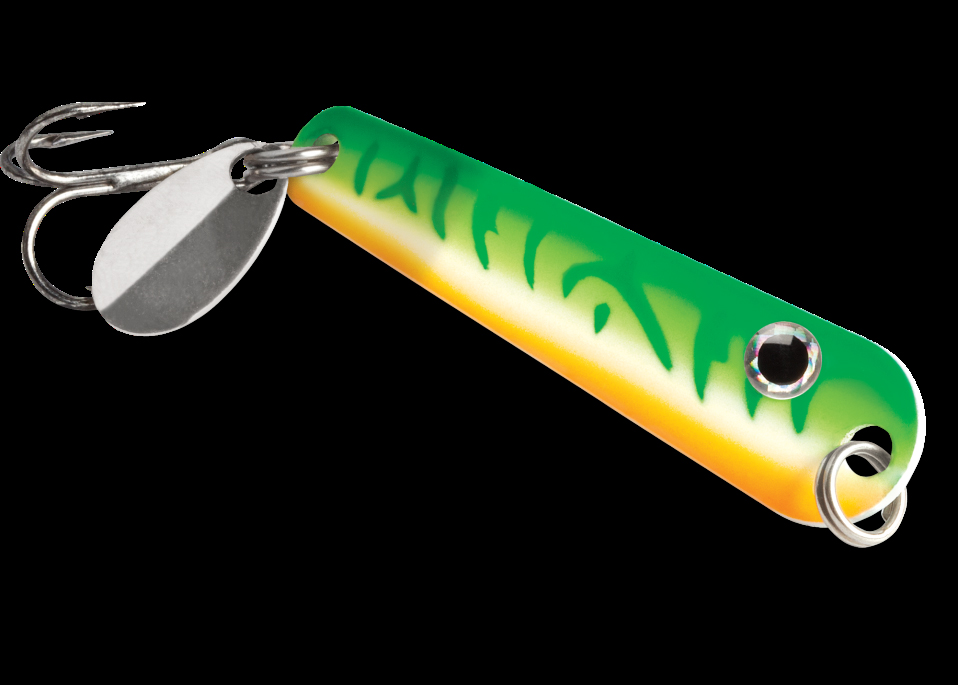
 By Forrest Fisher
By Forrest Fisher


 By Forrest Fisher
By Forrest Fisher
 By Forrest Fisher
By Forrest Fisher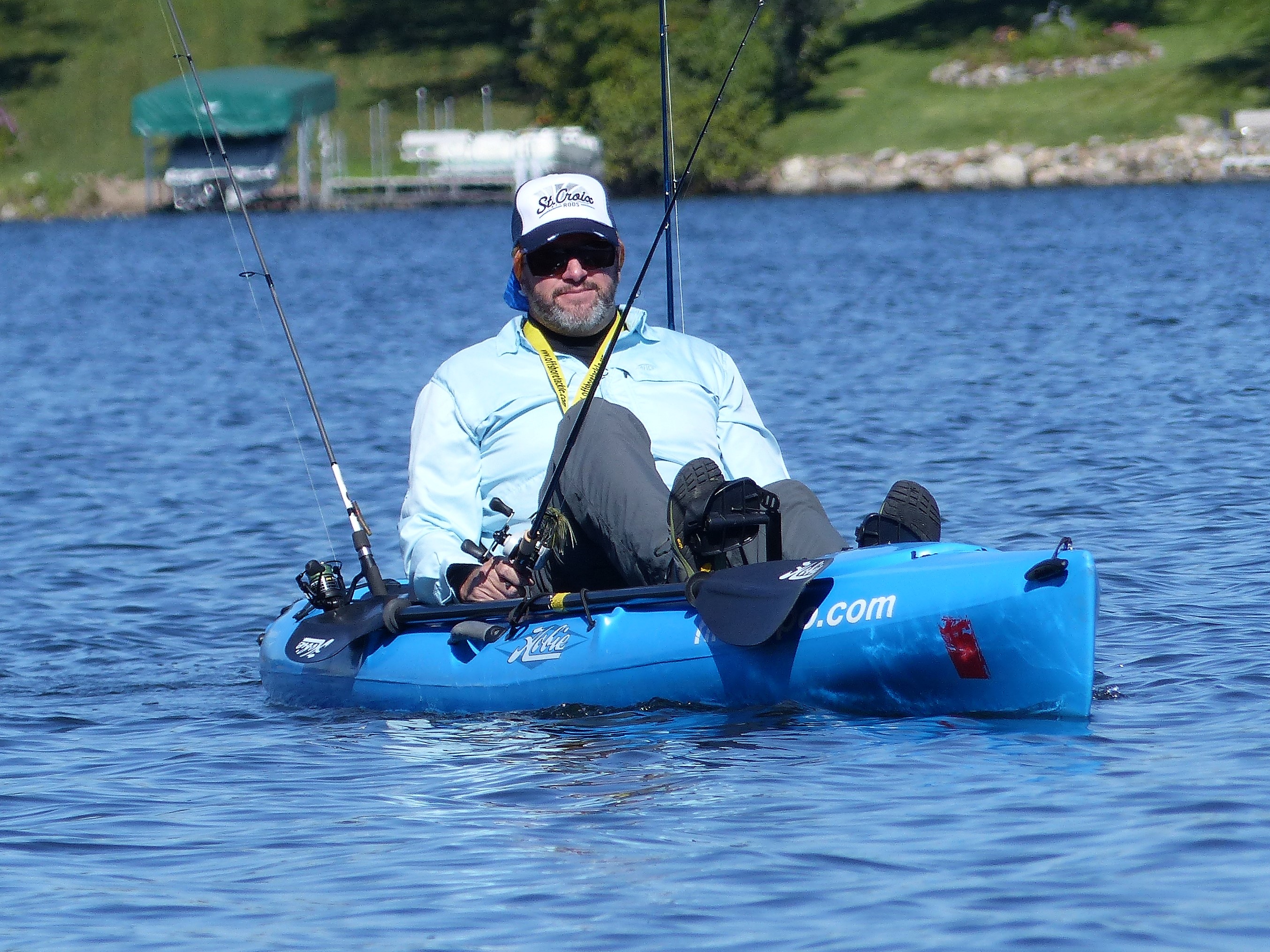










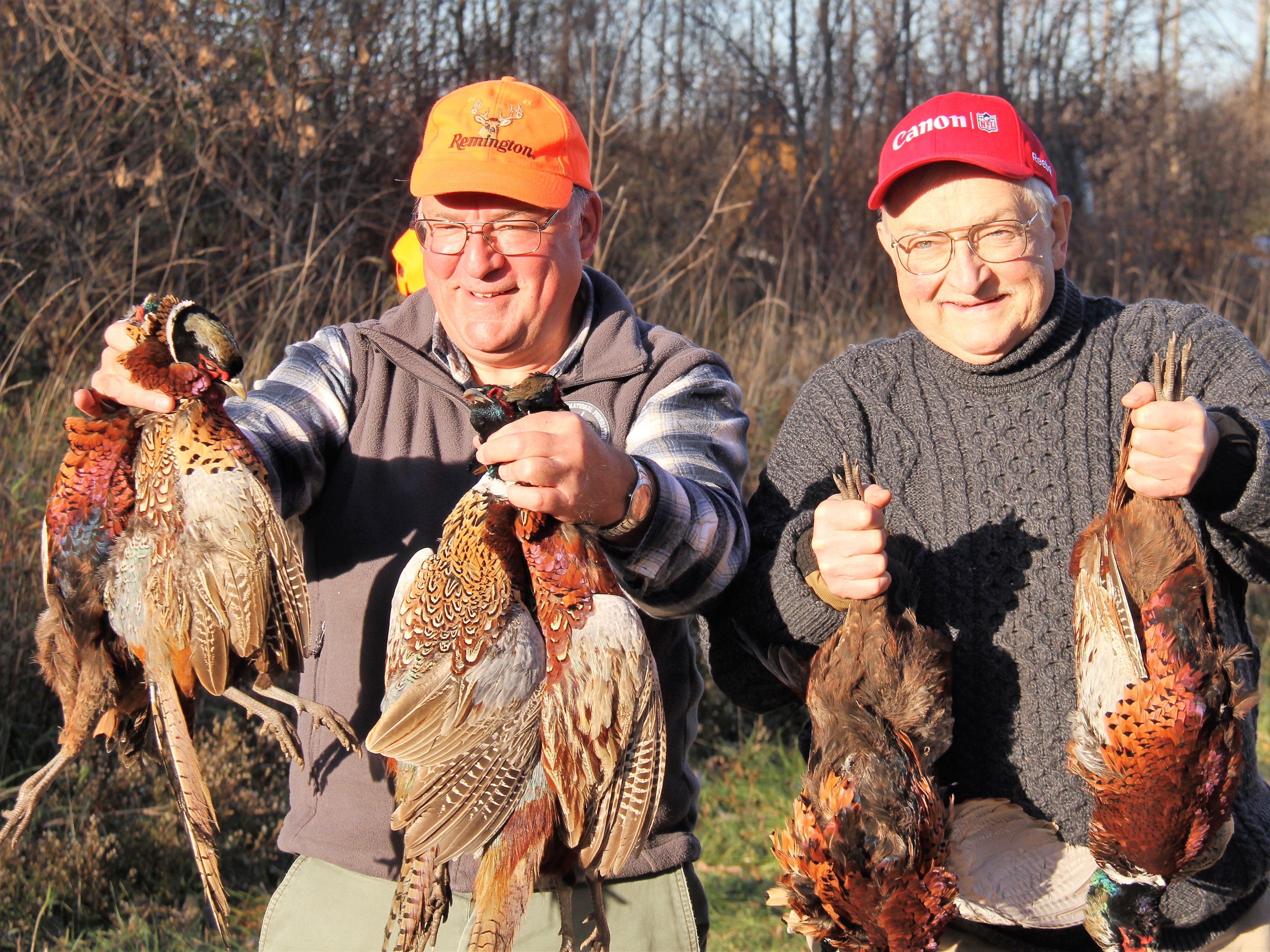
 By Joe Forma
By Joe Forma The hosts at F&B Upland are Fred Paye and Bill Surridge. These great guys run a superb hunt in what they maintain as traditional Western New York bird cover. As we step afield, we are transported back to the 1970’s when Ringed-necks were so prevalent locally. The 200 plus acres of hunting land features standing corn, soybean fields, hedgerows and acres of natural red brush.
The hosts at F&B Upland are Fred Paye and Bill Surridge. These great guys run a superb hunt in what they maintain as traditional Western New York bird cover. As we step afield, we are transported back to the 1970’s when Ringed-necks were so prevalent locally. The 200 plus acres of hunting land features standing corn, soybean fields, hedgerows and acres of natural red brush. A real highlight of this hunt was George’s grandson, Dom, a 12 year-old super hunter. Andy was really glad to have a youngster along to promote the future of his sport. Dom couldn’t have been a better sportsman even at his young age. He always held his cut-down Remington 20 gauge pump at a proper port arms position, as instructed. He showed no impaired nerves or excitement, but hunted like he had done it a dozen times, not his first time. He was an excellent shot. He downed at least six hard-flying pheasants with single shots. I didn’t see him miss.
A real highlight of this hunt was George’s grandson, Dom, a 12 year-old super hunter. Andy was really glad to have a youngster along to promote the future of his sport. Dom couldn’t have been a better sportsman even at his young age. He always held his cut-down Remington 20 gauge pump at a proper port arms position, as instructed. He showed no impaired nerves or excitement, but hunted like he had done it a dozen times, not his first time. He was an excellent shot. He downed at least six hard-flying pheasants with single shots. I didn’t see him miss. The afternoon hunt was for an additional 25 Ringnecks. The dogs continued their excellent work and showed no signs of fatigue. They are well trained and well exercised, so they never quit, though some of us older sports slowed down just a bit. The shooting was right on the mark though and the birds flushed hard with disconcerting cackling.
The afternoon hunt was for an additional 25 Ringnecks. The dogs continued their excellent work and showed no signs of fatigue. They are well trained and well exercised, so they never quit, though some of us older sports slowed down just a bit. The shooting was right on the mark though and the birds flushed hard with disconcerting cackling. A tribute to all was that not a single bird was lost as a cripple. Great shooting and great retrieving by the dogs. By around 3:00 p.m., there five happy hunters and one old photographer, me, who decided one last push thru the soybean field would do it. It produced our last kill, a long-tailed, beautifully feathered cock bird.
A tribute to all was that not a single bird was lost as a cripple. Great shooting and great retrieving by the dogs. By around 3:00 p.m., there five happy hunters and one old photographer, me, who decided one last push thru the soybean field would do it. It produced our last kill, a long-tailed, beautifully feathered cock bird.


 Posted by Forrest Fisher
Posted by Forrest Fisher Rage, the number-one-selling mechanical broadhead on the market, now offers two complete arrow packages so archers can spend less time building arrows and more time shooting them.
Rage, the number-one-selling mechanical broadhead on the market, now offers two complete arrow packages so archers can spend less time building arrows and more time shooting them.
 By Forrest Fisher
By Forrest Fisher

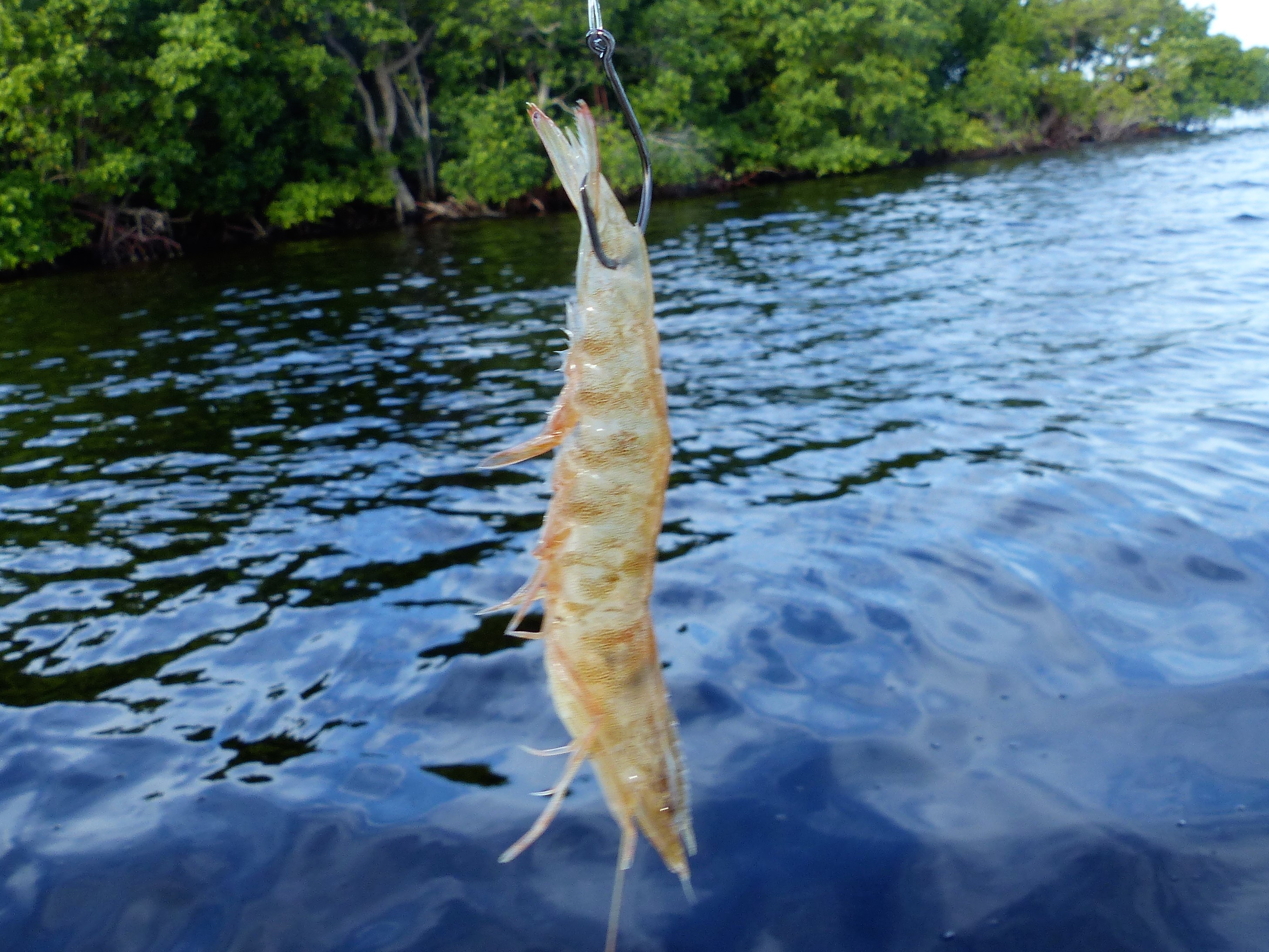
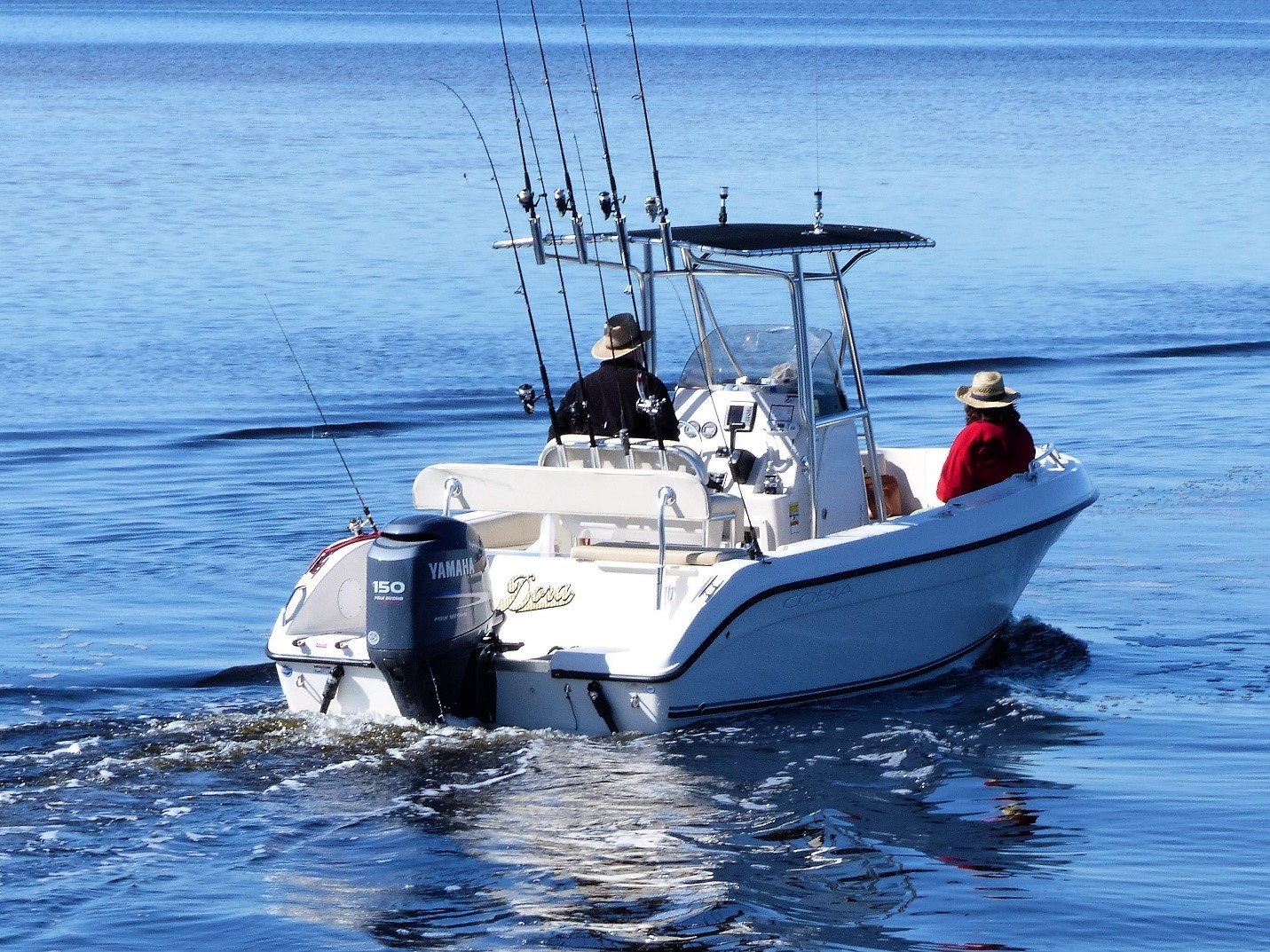





 We had a clear blue sunshine day, no clouds and no snow, air temperature about 25 degrees and a 5 mile per hour from the north. Not a bad winter day in WNY. With the sun, it felt more like 35 degrees.
We had a clear blue sunshine day, no clouds and no snow, air temperature about 25 degrees and a 5 mile per hour from the north. Not a bad winter day in WNY. With the sun, it felt more like 35 degrees.
 By Forrest Fisher
By Forrest Fisher The hookset felt so solid. When I saw the hook-up point of interface, I understood why. It was buried to the sharp-corner bend of the new shank design. The new hook has good retention. The sticky-sharp Piercing PointTM provides a nice path for the surgically sharp hook point to bury itself, removing the old advantage that physics and old-style hook shapes have provided to the fish. Advantage to the angler.
The hookset felt so solid. When I saw the hook-up point of interface, I understood why. It was buried to the sharp-corner bend of the new shank design. The new hook has good retention. The sticky-sharp Piercing PointTM provides a nice path for the surgically sharp hook point to bury itself, removing the old advantage that physics and old-style hook shapes have provided to the fish. Advantage to the angler.




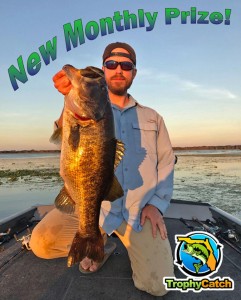 Posted by Forrest Fisher
Posted by Forrest Fisher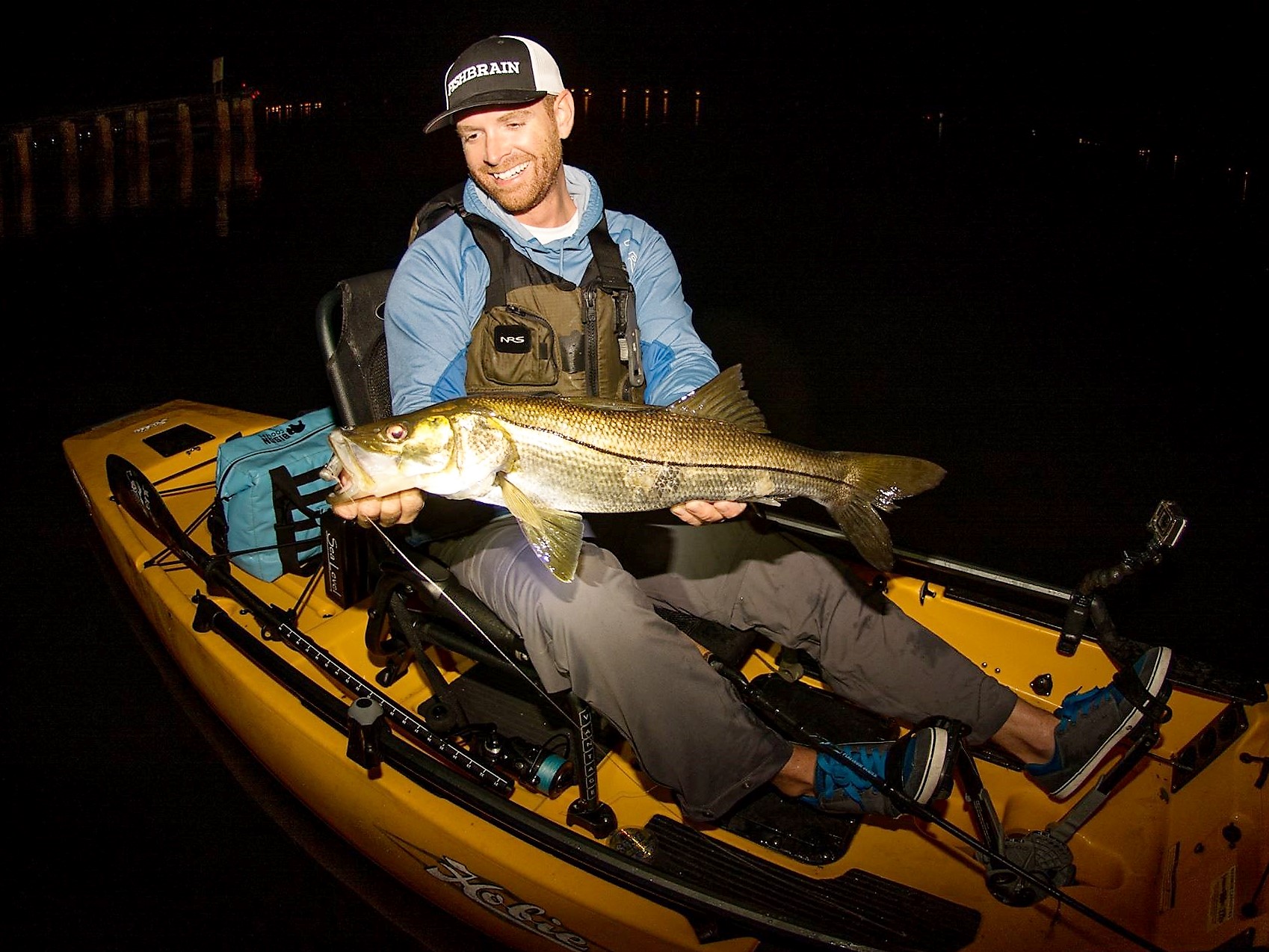


 By Forrest Fisher
By Forrest Fisher
 The Tula Cartridge Works, was founded way back in 1880 by Emperor Alexander II, that makes it one of the oldest and perhaps, most significant, producers of small-arms ammunition in the world today.
The Tula Cartridge Works, was founded way back in 1880 by Emperor Alexander II, that makes it one of the oldest and perhaps, most significant, producers of small-arms ammunition in the world today.











 met by the birds, the animals and the peoples that interact in this sacred and undisturbed land.
met by the birds, the animals and the peoples that interact in this sacred and undisturbed land.
 By Forrest Fisher
By Forrest Fisher





 Scott’s seaside sparrow, Wakulla seaside sparrow, Barbour’s map turtle, Florida Keys mole skink, Florida pine snake, Georgia blind salamander, Florida bog frog, bluenose shiner, saltmarsh top minnow, southern tessellated darter, Santa Fe crayfish and Black Creek crayfish. Threatened species have populations that are declining, have a very limited range or are very small.
Scott’s seaside sparrow, Wakulla seaside sparrow, Barbour’s map turtle, Florida Keys mole skink, Florida pine snake, Georgia blind salamander, Florida bog frog, bluenose shiner, saltmarsh top minnow, southern tessellated darter, Santa Fe crayfish and Black Creek crayfish. Threatened species have populations that are declining, have a very limited range or are very small.
 By Gord Pyzer
By Gord Pyzer Jason dug deep into his tackle bag and pulled out a Fergie spoon that we intended to use the next day for walleye (above). He removed the wire holding the brass and glass clacker, and tied the noisemaker to the end of his line. Then he attached the same minuscule jig he’d been using without success to the rig’s split ring. After dropping it down the hole, Jason shook the contraption briskly enough that he could feel the brass weight sliding up and down the wire, banging against the glass beads. In short order, he was icing crappie after crappie after crappie (see the opening picture).
Jason dug deep into his tackle bag and pulled out a Fergie spoon that we intended to use the next day for walleye (above). He removed the wire holding the brass and glass clacker, and tied the noisemaker to the end of his line. Then he attached the same minuscule jig he’d been using without success to the rig’s split ring. After dropping it down the hole, Jason shook the contraption briskly enough that he could feel the brass weight sliding up and down the wire, banging against the glass beads. In short order, he was icing crappie after crappie after crappie (see the opening picture).
 There is a new Swim Craw BUZZing with action.
There is a new Swim Craw BUZZing with action.





 By Forrest Fisher
By Forrest Fisher
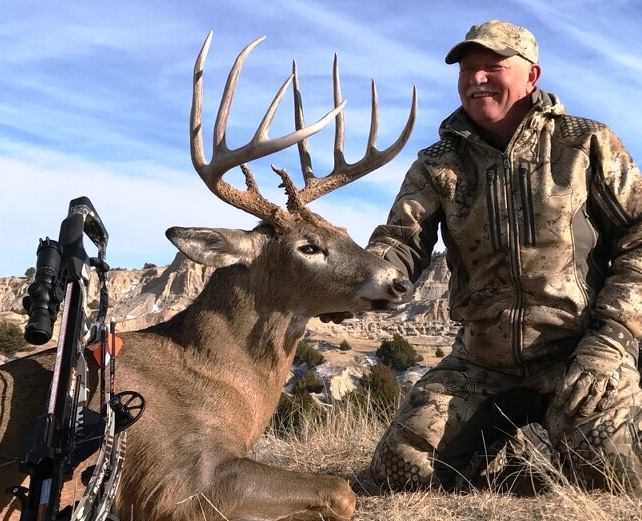
 I enjoyed reading how Byers felt about the many myths and misconceptions that have resulted with the increased use crossbows for hunting. Byers addresses crossbows and game animal populations, hunting season length and the use of crossbows during archery season. Much more on other myths with explanations will help everyone know more about the issues. Byers provided answers that made me consider and to understand things about crossbows that I did not realize – like the good news and bad news about using a crossbow for hunting or for simple recreational fun.
I enjoyed reading how Byers felt about the many myths and misconceptions that have resulted with the increased use crossbows for hunting. Byers addresses crossbows and game animal populations, hunting season length and the use of crossbows during archery season. Much more on other myths with explanations will help everyone know more about the issues. Byers provided answers that made me consider and to understand things about crossbows that I did not realize – like the good news and bad news about using a crossbow for hunting or for simple recreational fun.
 By Jim Low
By Jim Low


 No Line Coiling
No Line Coiling 


 Located in the bayous of Southern Louisiana, 90 minutes from New Orleans, Lafourche Parish is the gateway to Cajun Country and the Gulf of Mexico, offering a distinctly Louisiana “bayou” way of life and memorable experience for both U.S. and international competitors. And then there is the fishing. According to Hobie’s Keeton Eoff, this could easily be the kayak fishing capital of the world.
Located in the bayous of Southern Louisiana, 90 minutes from New Orleans, Lafourche Parish is the gateway to Cajun Country and the Gulf of Mexico, offering a distinctly Louisiana “bayou” way of life and memorable experience for both U.S. and international competitors. And then there is the fishing. According to Hobie’s Keeton Eoff, this could easily be the kayak fishing capital of the world.
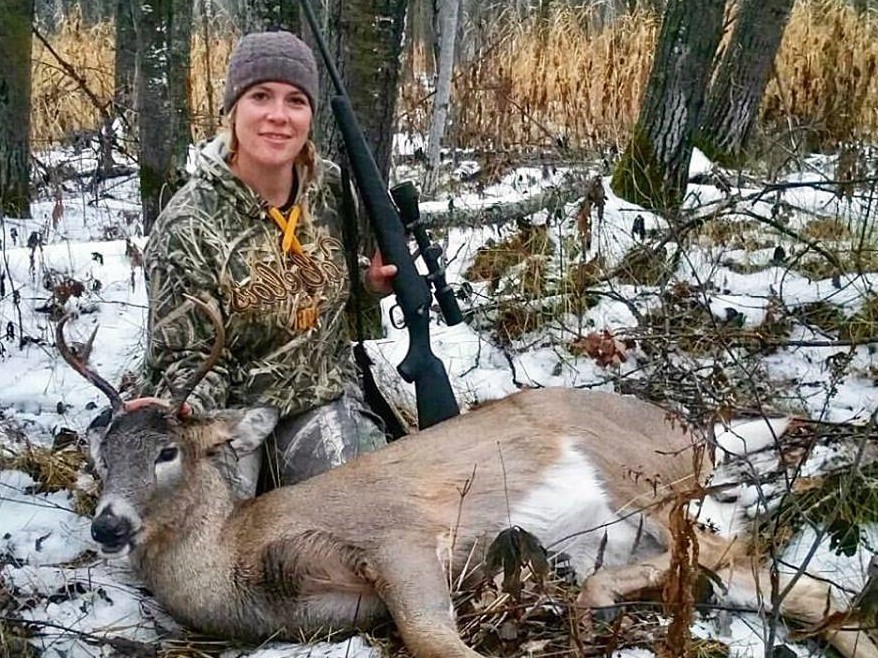










 five color patterns: Black Chartreuse Glow, Crappie Minnow, Green Orange Glow, Pink Chartreuse Glow, Pearl White and Red Pearl Glow.
five color patterns: Black Chartreuse Glow, Crappie Minnow, Green Orange Glow, Pink Chartreuse Glow, Pearl White and Red Pearl Glow.

 and his input with others there and through the web will allow many to learn more about how to find those great moments for pictures in the outdoors.
and his input with others there and through the web will allow many to learn more about how to find those great moments for pictures in the outdoors.


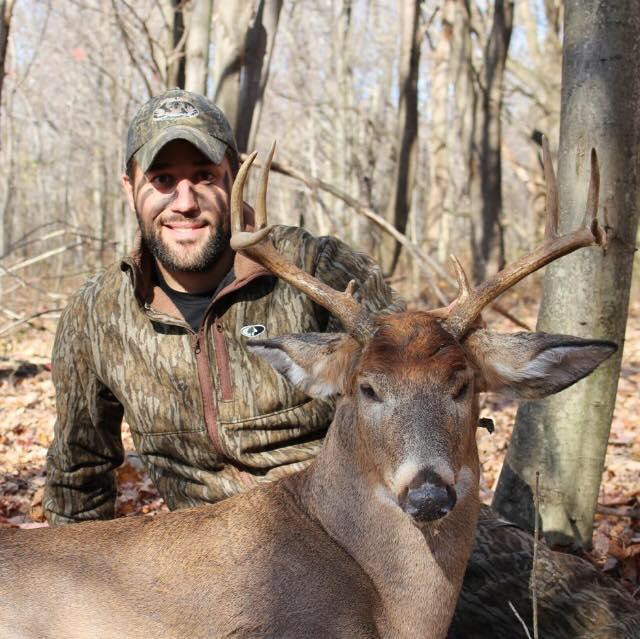

 By Forrest Fisher
By Forrest Fisher


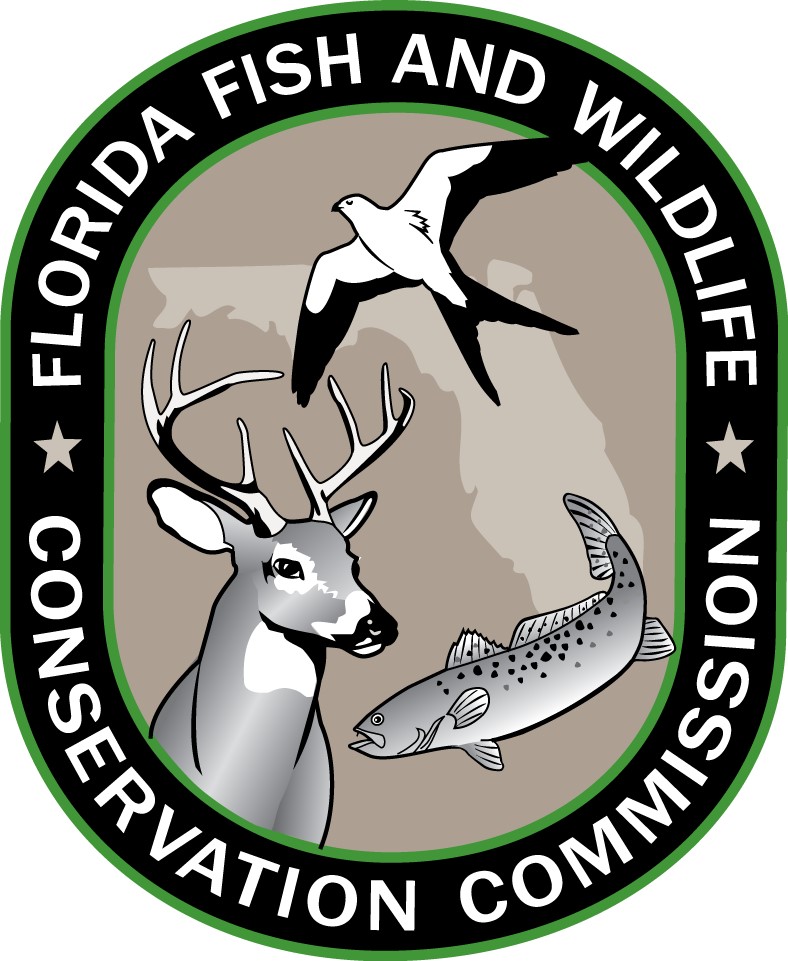
 If you’re packing your snowbird bags already and are planning ahead to hunt in Florida this year, November in Florida is an awesome month to head for the woods. You have the option to hunt small game, wild turkey, boars, bears, deer and more. Regulations are not complicated, but it’s a good idea to download the syllabus for the sector area you plan to visit.
If you’re packing your snowbird bags already and are planning ahead to hunt in Florida this year, November in Florida is an awesome month to head for the woods. You have the option to hunt small game, wild turkey, boars, bears, deer and more. Regulations are not complicated, but it’s a good idea to download the syllabus for the sector area you plan to visit.


